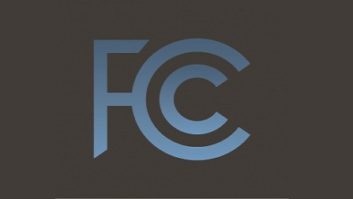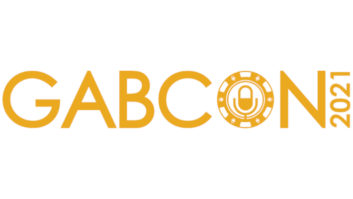
FCC Form 395-B is intended to gather workforce composition data from broadcasters, including race and gender, but hasn’t been collected since 2001. It might be coming back.
The FCC has been contemplating its return since releasing a Further Notice of Proposed Rulemaking (FNPRM) in July to refresh the existing record regarding collection of the EEO data. The collection of the form, which gathers workforce composition from broadcasters with five or more full-time employees, was suspended two decades ago because of a legal ruling and other unresolved issues.
[Read: EEO Supporters Lay Out Their Wish List]
While none of the major radio broadcast groups filed initial comments on the FNPRM, the NAB says it “does not object to the commission reinstating the FCC Form 395-B,” so long as station data is kept confidential while any related information made publicly available “is provided on an anonymous, aggregated basis.”
The group says the revitalized form is “likely to merely increase paperwork burdens without offering much corresponding value” that is duplicative of EEOC requirements. “The left hand of the government should be talking to the right one, instead of putting unnecessary additional burdens on broadcasters,” NAB wrote in comments to the FCC.
In addition, NAB says the FCC’s FNPRM provides “no evidentiary support for why such a data collection is necessary or how it will help further the goal of increased diversity in the broadcasting industry.”
“No one contests whether the industry should continue to strive to hire, retain and promote more women and people of color,” NAB wrote. It adds “broadcasting is replete with opportunities for talented individuals of every race, ethnicity or gender.”
In fact, the group suggests a better option for how the FCC can help increase diversity within the broadcast industry.
NAB states: “Rather than focus efforts on reporting data that is already largely apparent, a far better use of the commission’s time would be to reach out to broadcasters and ask exactly how the commission can be helpful to our efforts to increase diversity.”
It also renewed the group’s concern that making publicly available the required employment data on a station-attributable basis “will unlawfully pressure broadcasters to adopt race- or gender-based hiring practices” and that “publishing the racial composition of each broadcaster’s workforce would clearly exceed the FCC’s authority.”
NAB punctuated its argument by highlighting the EEO efforts of some of its members. For instance, Audacy provides yearlong fellowships that provide “diverse candidates early in their career access to resources, support and professional networks” they might not otherwise experience in a typical internship or entry level position. “Currently, 10 fellows started work on September 13, 2021, in [Audacy’s] news, sports content, digital, and ad sales departments,” NAB stated in its comments.
In addition, NAB says iHeartMedia invests resources to further the broadcaster’s commitment to inclusion, and credible, sustainable efforts to foster a diverse workforce culture. “(iHeartMedia) recently launched a DE&I Plan that includes measures committing to more diversity on their company’s board of directors to requiring that diversity be a part of recruiting, hiring and promotion decisions,” NAB wrote the FCC.
In conclusion, NAB says Form 395 is unnecessary since FCC already randomly selects approximately 5% of radio and television stations annually for a thorough EEO audit. “NAB estimates that the FCC has conducted EEO audits of at least 15,000 broadcast stations since this process was launched in 2003. To our knowledge, all of these investigations have resulted in fewer than 20 Notices of Apparent Liability or admonishments to broadcasters for EEO rules violations (0.1%), none of which involved a charge of discrimination.”
Meanwhile, the Multicultural Media, Telecom and Internet Council (MMTC) other EEO supporters continue to push the FCC to do more to improve broadcaster diversity. MMTC in a group filing said they “enthusiastically endorse EEO data collection,” in their most recent comments last week to the FCC.
MMTC previously submitted to the FCC a list of nine proposals it says the commission should adopt to improve EEO compliance and enforcement.
Acting FCC Chair Jessica Rosenworcel supports Form 395-B’s return. “This data is a vitally important to assess the industry’s workforce diversity. Moreover, its collection is required under the law,” Rosenworcel said at the time the FNPRM was released this summer.
Reply comments to the FCC on this topic must be submitted by Nov. 1, MB Docket No. 98-204.










